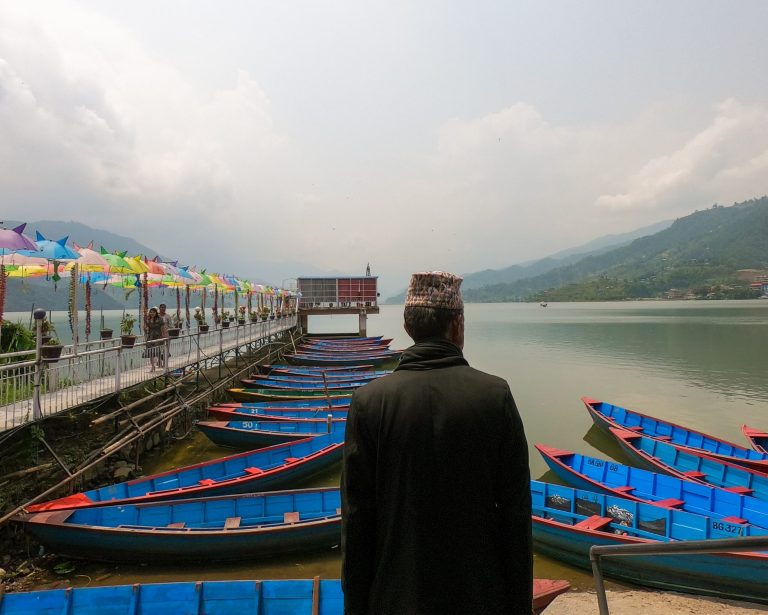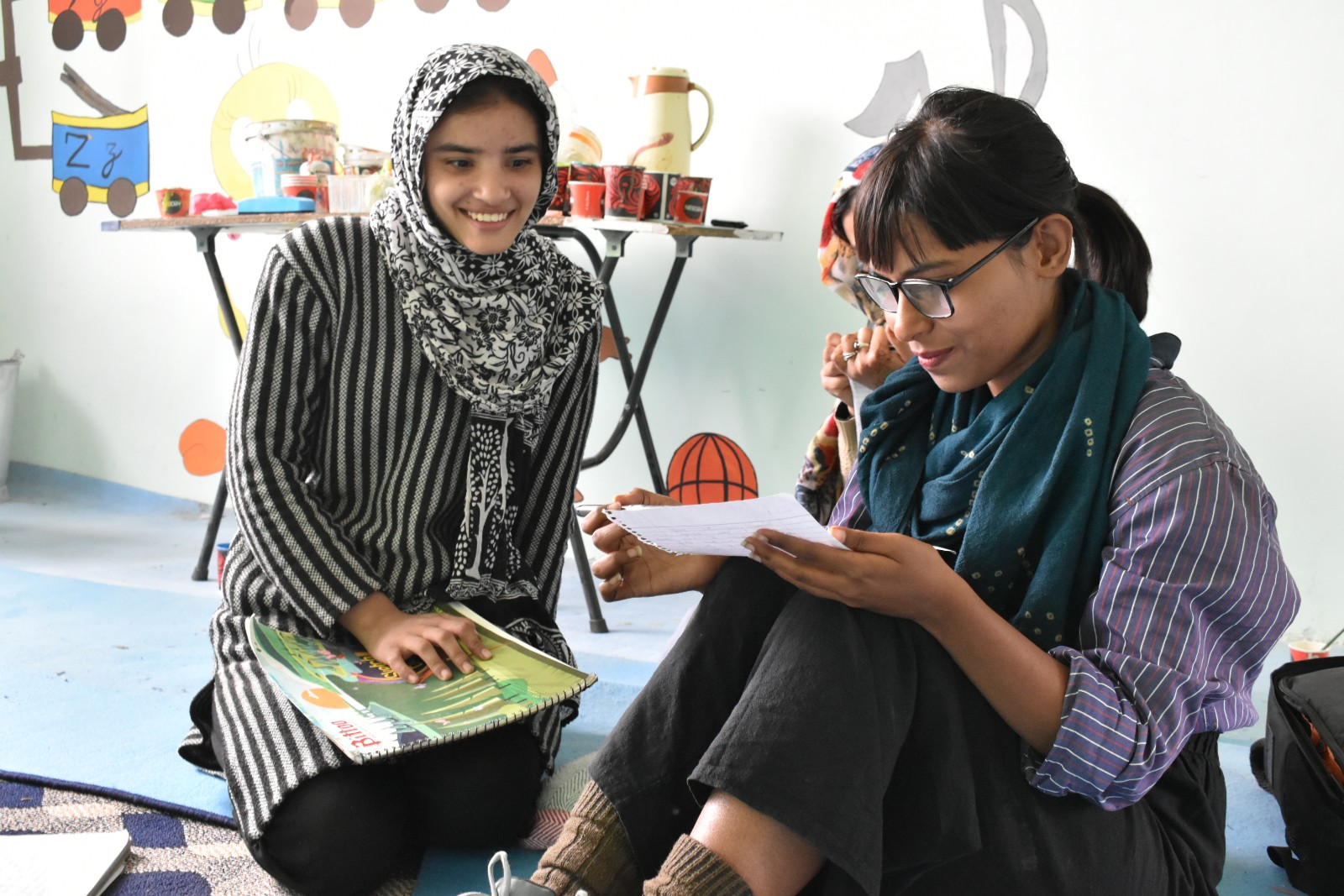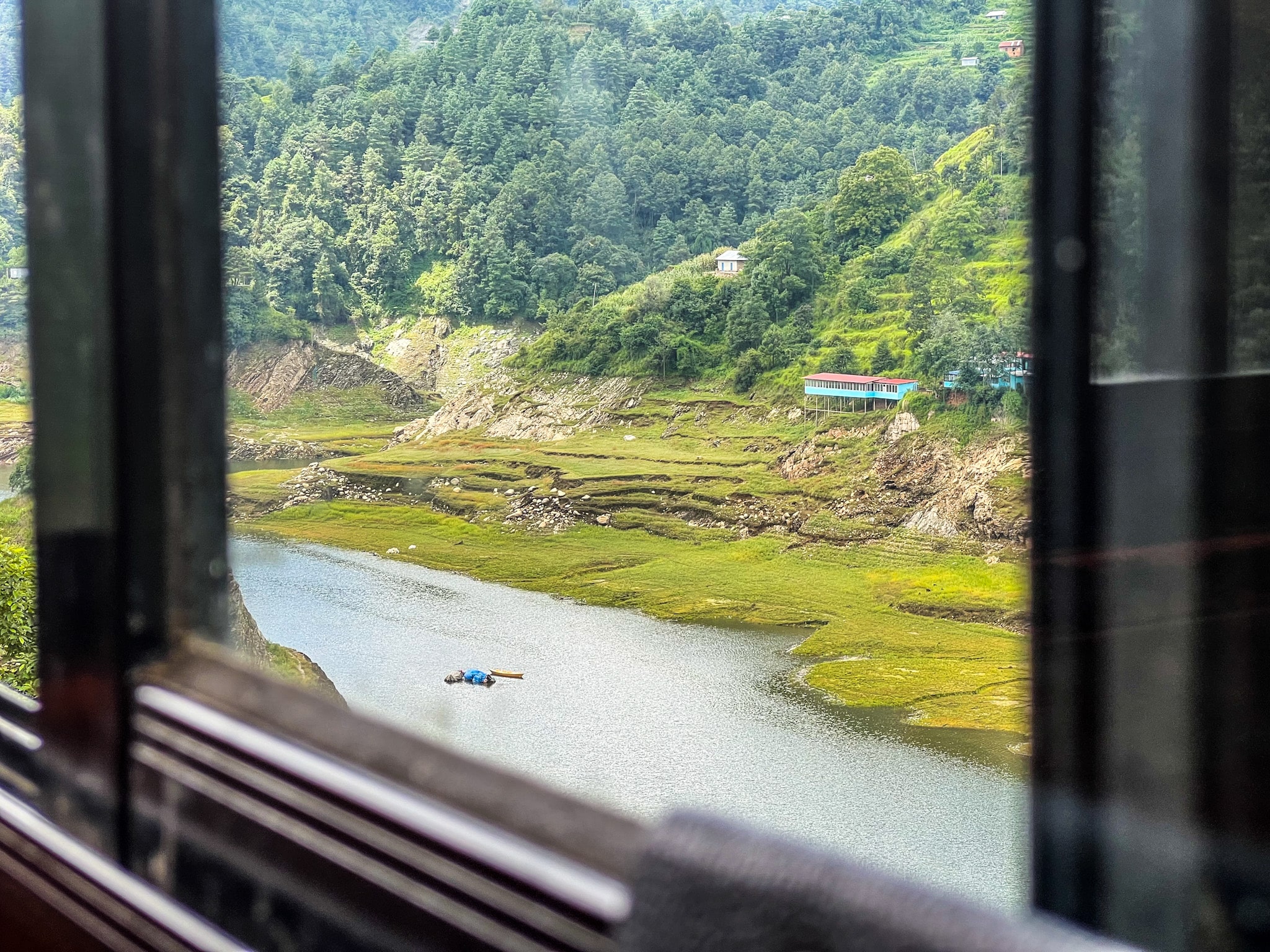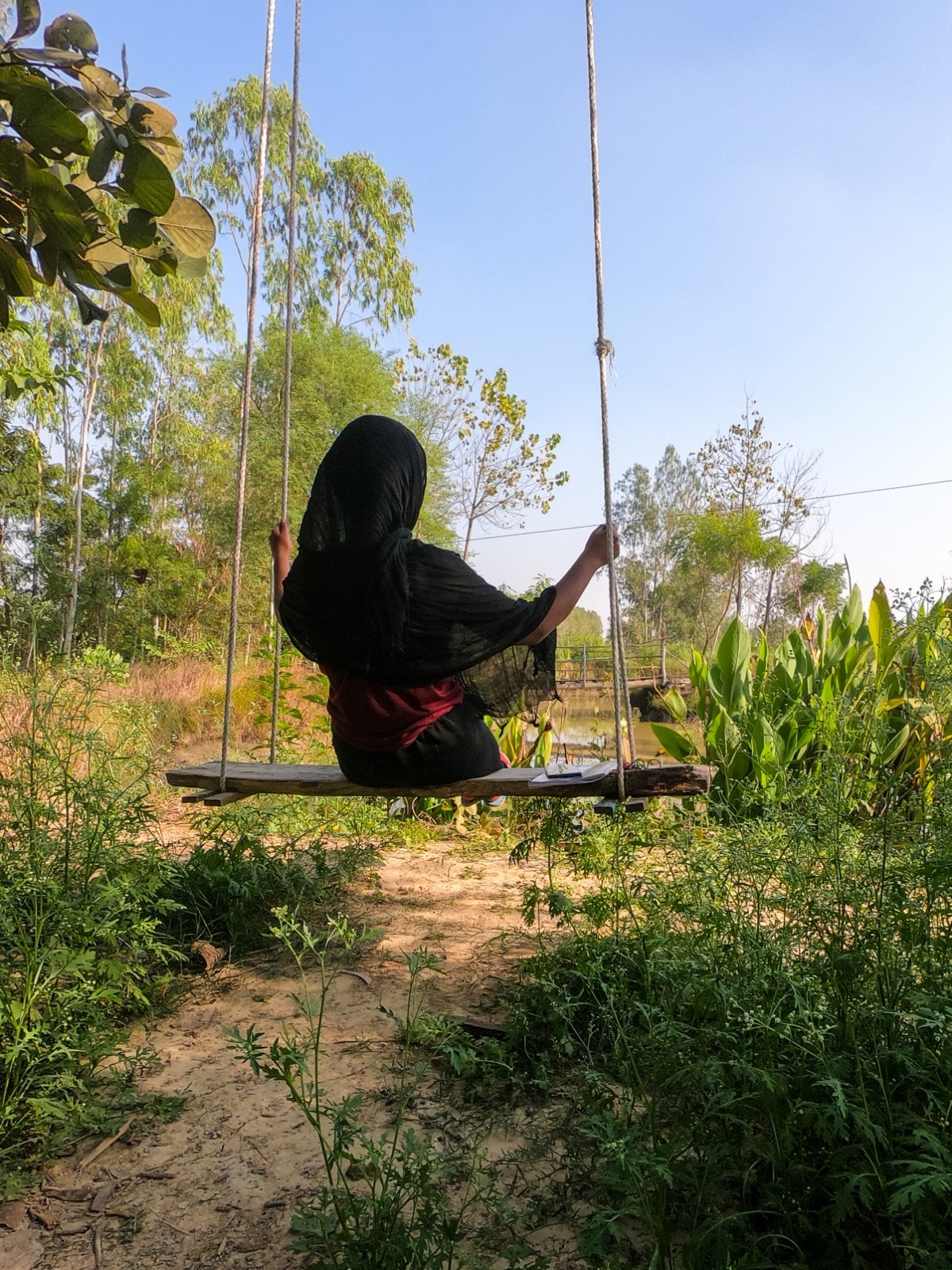Things to Do in Pokhara Nepal as A Tourist
A tourist’s manual to things to do in Pokhara for three days. From the most touristy things to offbeat day-hikes, Pokhara is the base of most treks in Nepal.
Among the treacherous mountains of the Upper Himalayan region of Nepal, the miscellaneous culture of the Terai, and the chaotic customs of the historical temple-architectural city of Kathmandu, Pokhara stands as the most modernized city in Nepal. Pokhara seems to be completely ‘new’ from the rest of its counterparts, for its ‘modernity’ and being the most tourist-catchy destination in all of Nepal.
There are plenty of things to do in Pokhara as a tourist. The centre of this town is the nucleus of hotels, cafes and restaurants, around the trims and circulars of Phewa Lake. More of a base-town for the majority of the treks in Nepal, Pokhara tempts hiking enthusiasts from around the globe. The roads around the lakeside are little boulevards for breezy romantic strolls, and the lake without the bar of railings is free to swim in.

Visiting Pokhara generally comes at the top of a tourist’s Nepal Travel Guide. This travel guide will cover all the best things to do in Pokhara – including short and long hikes, sightseeing around this town, places to visit, where to stay, and how to get around. In short, everything you will need to know to plan your trip to Pokhara in Nepal.
Things to Do in Pokhara Nepal
If you have only a few days in hand to explore Nepal, particularly if you are into touristic places and in need of an organized time in Nepal with your family, I advise you to visit the places in and around Pokhara. I also think Pokhara is a nice resting place before and after a strenuous trek in Nepal.
1. Take Strolls Around Phewa Lake
Previously known as Baidam Tal, Phewa Lake is a semi-natural freshwater lake in Pokhara, and the central frame that keeps this touristic town together. The lake is partially stream-fed and partially dam-regulated. Being the second largest lake in Nepal, around Phewa Lake, many locals have based their livelihoods through the medium of international tourism. Local boatmen will offer you a tour of the lake and also a ride to the island where Tal Barahi Temple is the primary attraction. And the boat-rides are quite expensive!

Canoes of red-blue-yellow shades cut through the water of Phewa Lake at the golden hour. Or facing a storm, the boats feverishly reach for the shore. If you visit Pokhara in any season except the monsoons, the Annapurna Range can be archived reflecting on the lake.
What I really like about Phewa Lake is, despite being the central frame of touristy attractions, there’re no railings, and the evenings can be quite a blissful charm! I would sit on the grass, spend evenings by the lakeside, and take mini strolls.
Almost every evening, no, not exactly evening, more like the lucid darkness before the permanent darkness wraps in, the water would shiver way more violently, the leaves would flutter around even with more fervor, the cafes would get busy placing the chairs, tables, and cushions inside. The rain may or may not come, but the evenings would always bring the cold breeze of anticipation.
Also read – An Extensive Travel Guide to Best Places to Visit in Nepal
2. Davi’s Falls and Tibetan Refugee Camp – Sightseeing in Pokhara
Timings for Davi’s Fall – 5 am to 7 pm
Caves and lakes go around the arcs of Pokhara, and the closest tourist attraction to the Lakeside is Davi’s Falls. On July 31, 1961, a Swiss couple, Davi visited this waterfall for a vacation-swim. With the flow of the current, the wife drowned in water, and supposedly her husband too fell victim to the same force. At the request of Davi’s father, the fall was named Davi’s Falls.
Davi’s Fall has naturally constructed a 500-feet-long underground tunnel from its bottom. The cliff is bordered by metal fences all around, as at some point, the cliff witnessed too many suicides! Today, Davi’s Fall is one of the most crowded tourist destinations in Pokhara (Very, very typical, and highly not recommended).

Tibetan Refugee Camps in Pokhara are the settlements of Tibetan refugees who fled to Nepal after the Chinese takeover. Three camps concurrently is a Tibetan colony only a few meters away from Davi’s Fall. Authentic Tibetan food (various kinds of Momo, Laphing, and my favourite Tibetan Salt Tea) and Tibetan handicrafts are sold by the inhabitants near Shree Gaden Dhargay Ling Monastery.
A Tibetan woman offered me to buy traditional Tibetan clothes. I said, ‘ I will, but only when I get to Tibet!’
3. Paragliding in Sarangkot
With just one day in hand and the will to sightseeing around Pokhara, the best way to spend the day would be to have an adventurous time in Sarangkot, a hill at an altitude of 1600 meters.
One of the most popular paragliding landing spots in the world, Sarangkot provides the panoramic expanse of the Himalayan peaks of Annapurna, Manaslu, and Dhaulagiri. A hiking trail from the central Pokhara to Sarangkot can take a maximum of two hours through Miruwa, or you can ride to Sarangkot through the main road.
A standard flight for 30 minutes costs $75, and an additional charge of $17 if you want GoPro footage.
Blue Sky Paragliding, Sunrise Paragliding, and Frontiers Paragliding are some of the well-functioning paragliding operators in Sarangkot.
For a better idea of a Sarangkot Travel Manual, read this post by Travelogy India.
Also read – Practical Things to Know before Visiting Nepal

4. Visit Three Caves Around Pokhara
- Timings for Gupteswar Mahadev Cave – 9 am to 6 pm
- Timings for Bat Cave – 9 am to 6 pm
- Timings for Mahendra Cave – 7 am to 6 pm
The cave adjoining Davi’s Falls is another famous place to visit in Pokhara, an underground limestone cave known as Gupteswar Mahadev Cave, with intricate structures of deities carved all along a series of staircases. As you climb deeper towards the end of this three-kilometer-long cave, the fallen force of Davi’s Fall with the thick sound of water can be witnessed through a vertical rift in the cliff.
Bat Cave and Mahendra Cave are on the outskirts of Pokhara, both almost 10-12 kilometers away from the main town. Horseshoe bats are found clinging upside down throughout the narrow shaft of Bat Cave (again a very, very touristy place!)
A limestone cave that was potentially named after King Mahendra Bir Shah was discovered for the first time by the shepherds in the mid-60s. In the bowels of the cave, calcium salt deposits form stalactites and stalagmites, making it a geographical curiosity among scholars. This cave is called ‘Mahendra Cave’ (I really liked this one).

5. Lakes All Around – The Best of Pokhara
Laden with eight lakes, Pokhara has two more lakes situated right around the town – Begnas Lake and Rupa Lake.
The second largest lake in Pokhara Valley, Begnas Lake is another freshwater lake, regulated through a dam known as Khudi Khola. Confined in paddy fields, Begnas Lake is often used for irrigation and caged fisheries, and of course, a fine way to spend a day by unruffled nature and tourist boats.
The third largest lake, Rupa Lake, is more of a twin to Begnas Lake. A total of 36 species of waterbirds have been discovered in the lake, making it about 19 percent of the total 193 wetland-dependent birds found all over Nepal.
6. Hike up to World Peace Pagoda

Shanti Stupa, or Peace Pagoda is a monumental Buddhist symbol of peace and composure. Among the eighty Peace Pagodas tossed all over the world, two of them are located in Nepal. One in Lumbini, the birthplace of Buddha, and another in Pokhara on Anadu Hill.
Bifurcated into two tiers, the upper tier has four statues of Buddha facing four different sides of confronting mountains. ‘Dharmachakra Mudra’ (meaning ‘the wheel of life’) from Japan, ‘Kushinagar’ from Thailand, ‘Bodh Gaya’ from Sri Lanka and ‘Lumbini’ from Nepal.
There are local hiking trails from Phewa Lake to Shanti Stupa, which takes almost an hour. Motorable roads also reach as far as the stairs to the stupa. You need to climb the stairs for five minutes to stomp upon the feet of the World Peace Pagoda – truly one of the best places to visit in Pokhara.
Also read – The India-Nepal Border Crossing by Land Via Gorakhpur
7. Museums in Pokhara
Gurkha Museum, Pokhara Regional Museum, International Mountain Museum, and Annapurna Butterfly Museum, are quite a few of the museums around the old town.
Whereas the International Mountain Museum exhibits the glorious stories of expeditions to the 14 highest peaks and the arduous life in the mountains, Gurkha Museum is dedicated to the services of the Gurkha soldiers ever since they joined the British Army in 1815.
In Pokhara, the Regional Museum is where one can find in-depth insights into the ancient history of the valley with exhibits as old as the Stone Age. Centuries of evolution of the civilisation, and a thorough depiction of the tribal population of Pokhara Valley.
8. Visit Seti River Gorge in the Old Town

Looking for a quick sightseeing spot in Pokhara? The milky white water that flows directly from the Annapurna mountain range at 4120 meters connotes the name of Seti River Gorge in Pokhara.
Just opposite Gurkha Museum, there is a park for visitors to eye-witness the deep chasm in the middle of Old Pokhara. Hardly a park, it’s more of a two-way square bridge for tourists to take a peep!
9. Trekking from Pokhara is Surely the Best Idea!

Lakeside alleys are filled with trekking shops, renting out trekking gear, pants, and shoes, for Pokhara is where both the short and long treks of Nepal begin. Long-distance treks, such as Annapurna Base Camp Trek, Everest Base Camp Trek, or Annapurna Circuit, find roots in the base of this town.
Pokhara is also the closest source of resources for short-spanned treks like Poon Hill Trek and Ghorepani Trek. It truly is a trekker’s middleground.
10. Day Hike to Australian Camp
What else to do in Pokhara? Australian Camp is a day-hike close to Pokhara in Nepal, the base of which can either be Phedi or Kande. If you take the route through Phedi, you will first have to hike to Dhampus Village, and then hike straightaway further up to Australian Camp from 1650m to 2060m.
Or, you may decide on the path through Kande. A bus-ride up to Kande (from Zero Point in Pokhara to Kande, local buses go directly to Kande for NPR 110), and then hike for one hour to reach Australian Camp.
How Expensive is Pokhara?
Pokhara is totally at your mercy. Honestly, it can be expensive if you are willing to stay at a 1500-rupee-per-night hotel, or real budget-friendly hostels and homestays. Pokhara is a life saver for backpackers. The cheapest hostel is for 300 NPR. At 500 NPR, I stayed at one of the best hostels till date (The links are in the ‘Where to Stay’ section).
How is the Weather in Pokhara?
You can visit Pokhara anytime around the year except for the monsoons. Landslides and sudden floods are common in the rainy season. September to November is said to be the peak season, and hence extremely crowded. You can enjoy winter if you visit Pokhara in the months between December and February.
Practical Things to Know Before Travelling to Pokhara

All the sightseeing destinations have been pinned on the map above. To view the places on Google Maps, click here.
The most responsible way of travelling is to look for a locally-run homestay instead of a hotel. As I have mentioned before Pokhara is a cluster of hundreds (if not less) of hotels and restaurants. Instead of spending thousands on those expensive hotels, you can enrich a local household and receive local hospitality, in fact at a much more reasonable price. You should definitely stay at Mangal Homestay. I have added the booking link in the ‘Where to Stay in Pokhara’ section, and I have also pinned the place on the same map.
Pokhara is the stage where everything is perfect, in high contrast to Kathmandu and Chitwan. So you can expect a completely different setup. Less traffic, but a hardcore touristic congregation. When I say hardcore, I mean hardcore. I am personally not much intrigued by places like Pokhara. So this guide is only for touristic purposes. But I did love the lake, and my visit was in the off-season. I had my pieces of beautiful times in this town.
Wifi is everywhere! Hundreds of cafes with hundreds of smooth wifi connections, making it a super-convenient spot to work from anywhere. It is a great place for digital nomads and working professionals.
You can find laundry services anywhere. The rate varies between 100 to 120 NPR per kg.
Also read – Patan – The Age-Old Buddhist Town in Nepal
Where to Eat and Drink in Here? (My Favourites)
Best Cafe? You won’t get enough of eateries and cafes! It’s almost unbelievable how many restaurants there are in Pokhara! My absolute favourite was a little cafe called Caffeine & Muffin.
Best Sandwich? A local family runs one of the most famous sandwich-shops in Pokhara, Hot Sandwich Corner and Cheese Shop. Even though I prefer local food, their sandwiches are worthy of every mouthful bite!
Best vegetarian breakfast? French Creperie is a healthy delight.
Bubble Tea – Famous in Nepal

What to drink? Bubble Tea is a widely popular drink in Nepal, which tastes and looks more like a smoothie. I do not recommend this, as the bubbles are Tapioca Balls marinated in sugar. (Source: Eat This, Not That! “Although the drink contains otherwise healthy tea, the ‘bubbles’ (or boba) are tapioca pearls which have been steeped in boiling vats of sugary caramelized syrup for hours, making them into nothing more than fiber-stripped, sugary, calorie-loaded balls of starch,” explain the registered dietitians)
Best of Tibetan Food in Pokhara? You must taste authentic Tibetan food in the Tibetan Colony, close to Davi’s Falls, on the way to Tibetan Refugee Camp. A street is dedicated to Tibetan food prepared by the Tibetans. Highly recommended – Tibetan Tea, Laphing, and Tibetan Big Momo.
Local food? Thakali cuisine is more prominent in Pokhara whereas Newari Cuisine dominates Kathmandu Valley (Thakali cuisine originates from the Mustang district of Nepal). And of course, Mo:Mo and Daal-Bhat!
All the restaurants by the lakeside get closed at 10 pm. Finish your dinner before that!
Last but not the least, feel free to swim in Phewa Lake!
Also read – A Vegetarian’s Guide to Newari Food in Kathmandu
How to Reach Pokhara in Nepal
Wondering how to visit Pokhara? Here is how you can reach Pokhara by road, rail, and air.
How to Reach Pokhara By Air
Pokhara has its own domestic landing airport, which means you can conveniently fly out directly to Pokhara Airport from Tribhuvan International Airport in Kathmandu or the other domestic airports situated in major cities all across Nepal. Buddha Air, Yeti Airlines, and Simrik Air are some of the operators operating on a daily basis between these two towns.
How to Reach Pokhara by Road
The most common among travelers is to choose to travel from Kathmandu to Pokhara by a local or tourist bus. The distance between Kathmandu to Pokhara is just over 210 km, but the bumpy and holed terrain makes it an 8-9 hours worth of journey. It may take less time, depending upon the weather and the road conditions (which often is a matter of serious concern). Not only Kathmandu, all the cities (like Chitwan) are connected by bus.
How to Reach Pokhara by Rail
There are no rail services in Nepal. A designated train now rides to Janakpur as part of a pilgrimage. But beyond that, Nepal provides no railway assistance.
Also read – Best Places to Visit in Kathmandu Nepal
Where to Stay in Pokhara

You need a place to stay for the night? Right or left, south or north, Pokhara has hotels and guesthouses everywhere.
The most recommended homestay for a highly comfortable stay would be Mangal Homestay. Bishu and his family cook delicious homemade Nepali food (additionally, Korean food). Connect with him directly, for he also has a government-authorised trekking agency – Out of Town Adventure Pvt. Ltd. Email id – bishow47@gmail.com. Contact no. (+977) 9860531090, 9825107555.
For budget travellers, Hotel Cherry Garden is the best hostel for an inexpensive and absolutely delightful time. From the top floor, the distant mountains disclose green beauty.
On that note, I hope this guide on the “best things to do in Pokhara” comes in handy for you, and you have a nice time sightseeing in Pokhara!
Where all have you visited in Pokhara? How has your experience been in Nepal?
Follow my solo adventures on YouTube, Instagram and Patreon.
One response to “Things to Do in Pokhara Nepal as A Tourist”
-
This couldn’t come at a better time! I plan on visiting Nepal in 2023 but have no context to go off of so this guide was literally perfect! And now trying Tibetan momo is now at the top of my list!




Leave a Reply